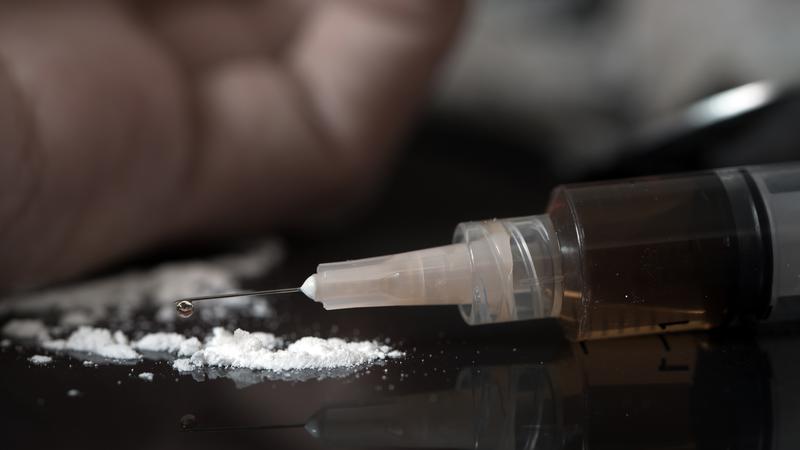
Central Island, B.C. set new records for drug toxicity deaths
NANAIMO — More people are dying than ever before in B.C.’s ongoing battle against a toxic drug supply.
Central Vancouver Island reported 120 fatalities linked to the toxic drug crisis throughout 2021, eclipsing the previous high mark of 101 set the year prior.
Forty-nine of the deaths were in Nanaimo alone, the second-highest year on record only behind the 56 fatalities in 2017.
“I know that these numbers and these findings fall very hard for those with lived and living experience and their friends and families,” Lisa Lapointe, B.C.’s chief coroner said on Wednesday, Feb. 9. “All of those across the province who have suffered the loss of a family member, friend or colleague due to drug toxicity, I am so sorry for your loss.”



